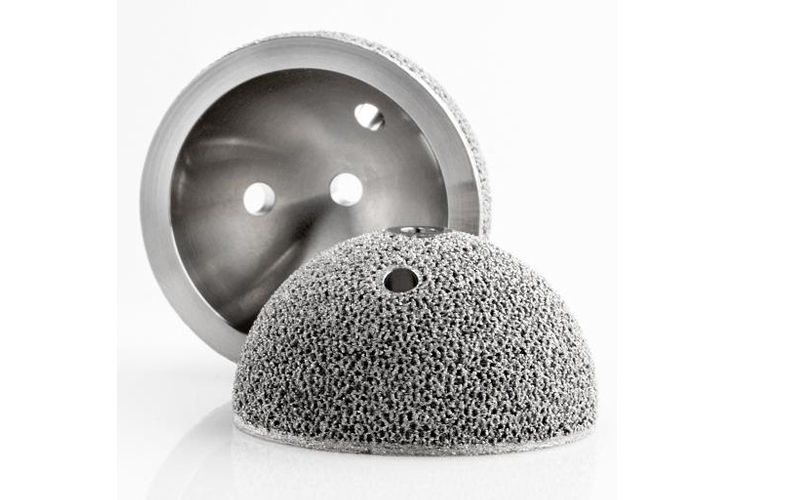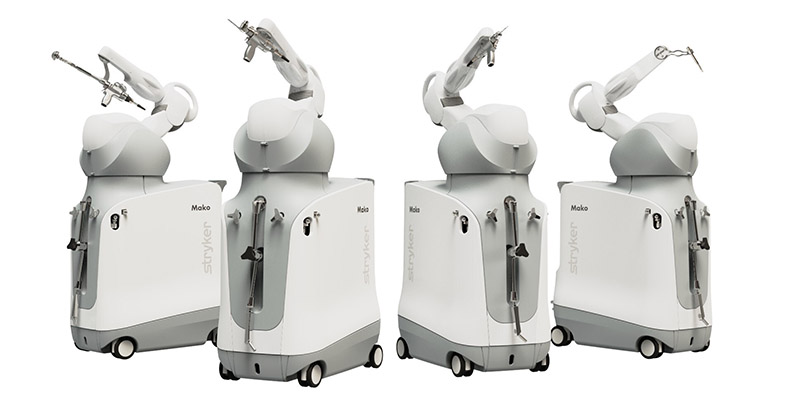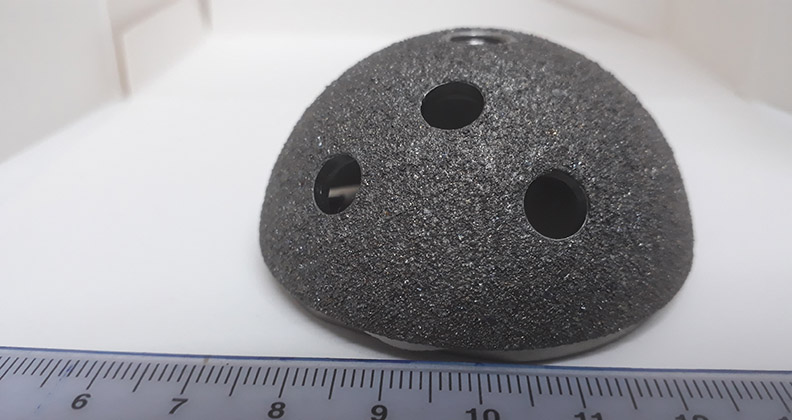
As additive manufacturing gains traction in the orthopaedic industry, device companies must understand business, as well as mechanical, implications over traditional manufacturing.
Orthopaedic device companies, large and small, have adopted additive manufacturing (AM) to varying degrees in implant and instrument production, and the rate of adoption is expected to grow. While manufacturers study the mechanical feasibility of using AM to produce products, supply chain and business implications must also be weighed to determine whether a switch to AM would indeed enhance the process over traditional manufacturing.
Based upon its work with manufacturers, Senvol, an AM analytics firm, reports that there are seven supply chain scenarios that could make products a good fit for AM. These scenarios include: expensive to manufacture, long lead-times, high inventory costs, sole-sourced from suppliers, remote locations, high import/export costs and improved functionality.
BONEZONE® spoke to Annie Wang, president of Senvol, about ways that orthopaedic manufacturers should analyze the commercial viability of producing devices with AM.
BONEZONE: What questions should a device manufacturer ask in determining whether or not it should implement AM?
Annie Wang: There are two critical questions that need to be answered: Does my company have products that can be mechanically made via AM? Can these products be cost-effectively made via AM? Just because a part can be made using AM, that doesn’t mean it should be made using AM. Mechanical and commercial viability go hand-in-hand; you need to have both in order to warrant switching production to AM.
BONEZONE: How does a device manufacturer determine the cost of using AM to produce a product?
Wang: The most critical factor in conducting an accurate and comprehensive cost-benefit analysis to compare AM against conventional manufacturing is to understand your entire product lifecycle (from design to manufacturing, to supply chain and finally to obsolescence). AM essentially allows for on-site and on-demand production, which makes it a supply chain solution, not just a manufacturing solution. The adoption of AM could fundamentally change your supply chain, thereby changing inventory cost, shipping cost, downtime cost and a whole host of other product lifecycle-related costs. As such, it’s important to map out what the product lifecycle currently looks like for conventional manufacturing, what it could look like if AM was adopted and then analyze all the cost differences. Some of our clients have adopted AM, even though the cost of manufacturing via AM is higher than the cost of conventional manufacturing, because there were cost savings in their supply chain that outweighed the increased manufacturing cost.
BONEZONE: Aside from cost, what should device manufacturers consider when determining what parts or products are more viable to produce using AM?
Wang: It’s important to note that adopting AM is not just a way to decrease cost. AM can provide many other benefits that are not possible through conventional manufacturing, such as a decreased lead time that can result in faster speed to market, the elimination of a sole-sourcing risk or improved product functionality, because AM can create shapes that are extremely difficult to make otherwise (e.g. porous or lattice structures). Just as cost should be compared between conventional manufacturing and AM, the benefits that AM can provide should also be quantified and evaluated in the cost-benefit analysis. One client found that adopting AM could decrease their product delivery lead time from six weeks to two weeks, which allowed them to serve a segment of the market that was extremely lead-time sensitive, and thereby increased their market share.
BONEZONE: You’ve mentioned AM as a supply chain solution. What supply chain challenges might AM cause?
Wang: Currently, one of the biggest challenges in adopting AM is the time and cost of qualifying parts for AM. Even though AM as a technology has existed for more than 30 years, only recently have manufacturers been adopting it as a production technology, not just as rapid prototyping. As such, the qualification process for final part production is a relatively new challenge for the industry. So far, companies have taken a “brute force” approach to qualification, which involves manufacturing hundreds or thousands of samples and testing each one until you have a statistically large sample of data. This is an expensive and time-consuming process. The AM industry is enthusiastically tackling this challenge and developing new, smart methods of part qualification. With the help of sensors and computer simulation, the industry is moving toward the goal of qualifying the part while it is being made, and predicting what the part will look like and what the mechanical properties will be before it is made.
BONEZONE: Based on your experience, what steps must manufacturers take to ensure that they design a successful AM strategy?
Wang: The decision to adopt AM can create widespread business implications, so it is important for many stakeholders (e.g. innovation, R&D, supply chain, sales & marketing, C-suite) to understand how they will be affected, and be involved in the cost-benefit analysis and ultimate decision making.
It is critical for companies to understand that AM is not simply a new method to make existing products, but also a method to create products that could not have existed before, or to supply these products in a way that did not exist before.
Companies should not only look at their existing catalog of products and parts to determine what parts are mechanically and commercially viable for AM, but also ask themselves if there are any business challenges that AM could solve, or new businesses that they could enter that would be enabled by the adoption of AM.
Annie Wang is President at Senvol. She can be reached at info@senvol.com.
(Photo Credit: Adler Ortho)
CL
Carolyn LaWell is ORTHOWORLD's Chief Content Officer. She joined ORTHOWORLD in 2012 to oversee its editorial and industry education. She previously served in editor roles at B2B magazines and newspapers.




